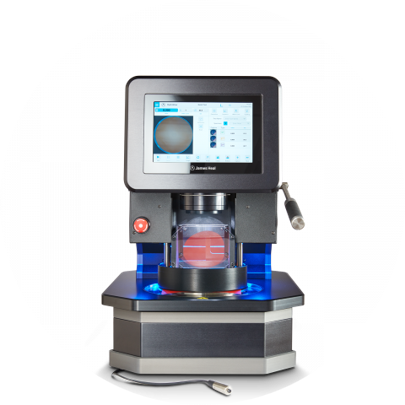Hydrostatic Test
Hydrostatic head is the measurement used to calculate how much water pressure a waterproof material can withstand before water penetration occurs. The test is performed to determine the resistance a fabric or textile has to water being forced through it.
During testing, the specimen is subjected to increasing water pressure from the underside (measured in kilopascales or kPa), under standard conditions, until a pre-determined pressure, which is stated in the fabrics specification, is obtained, or until penetration.
The pressure of the water is monitored by a water-filled manometer which measures the pressure on the specimen in cm or millibar of water.
An example of where hydrostatic pressure is important is testing the groundsheet of a tent. The groundsheet needs a high level of resistance to water penetration, as it is likely to be exposed to saturated ground. When pressure is applied to the groundsheet by people standing, sitting or sleeping on it, water could be forced through. A poor hydrostatic head value would mean that anything in contact with the inside of the tent would become wet.
Standards
Woven: EN ISO 811, JIS L 1092, AATCC 208* + AATCC 127, F/Z T 01004 , G/B T 4744
Nonwoven: NWSP 080.6R0, EN ISO 9073-16, ISO 1420, BS EN ISO 811:201
Sign up for advice
- Hotline0938 078 338
- emailinfo@thachanhvang.com




